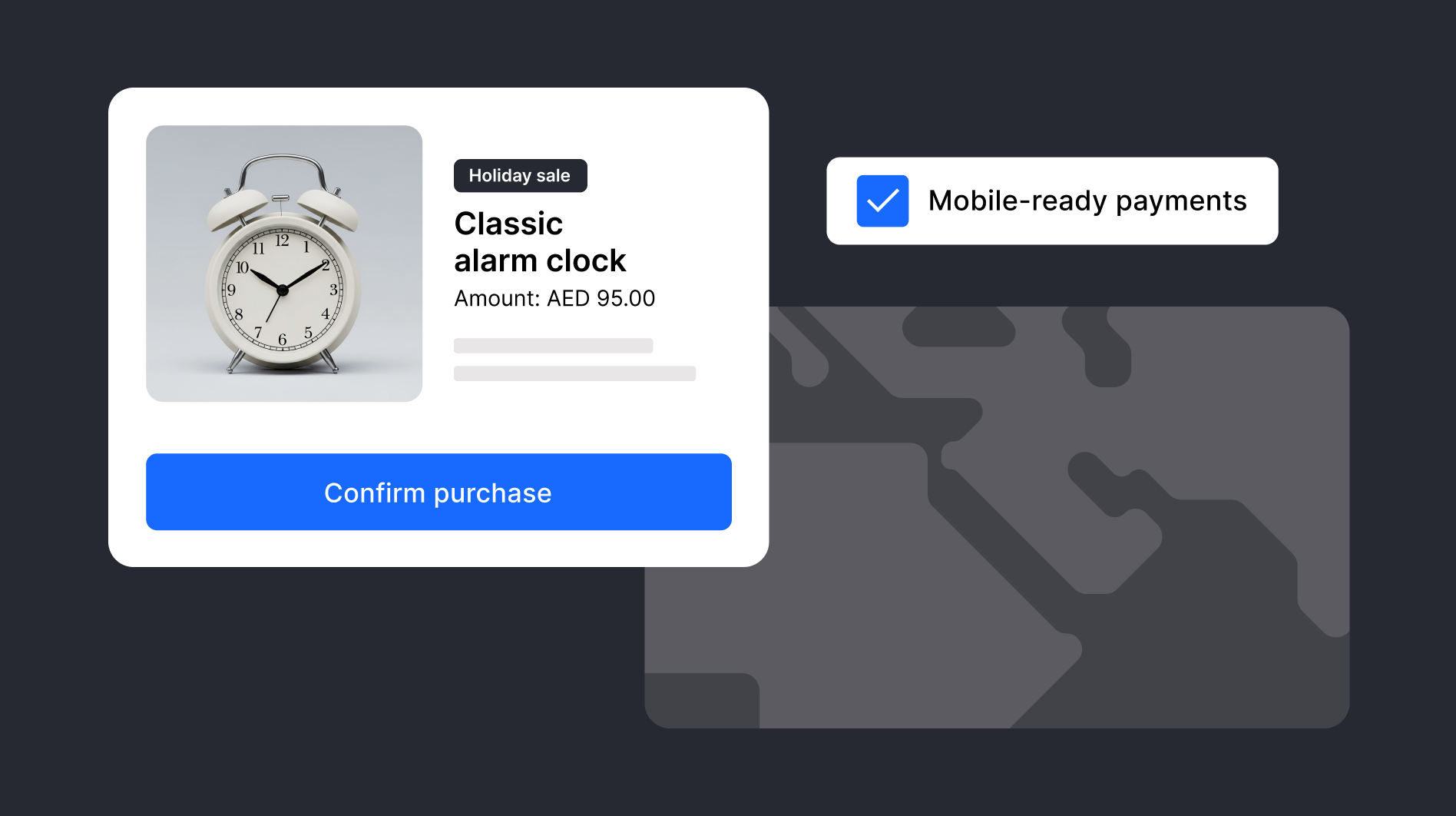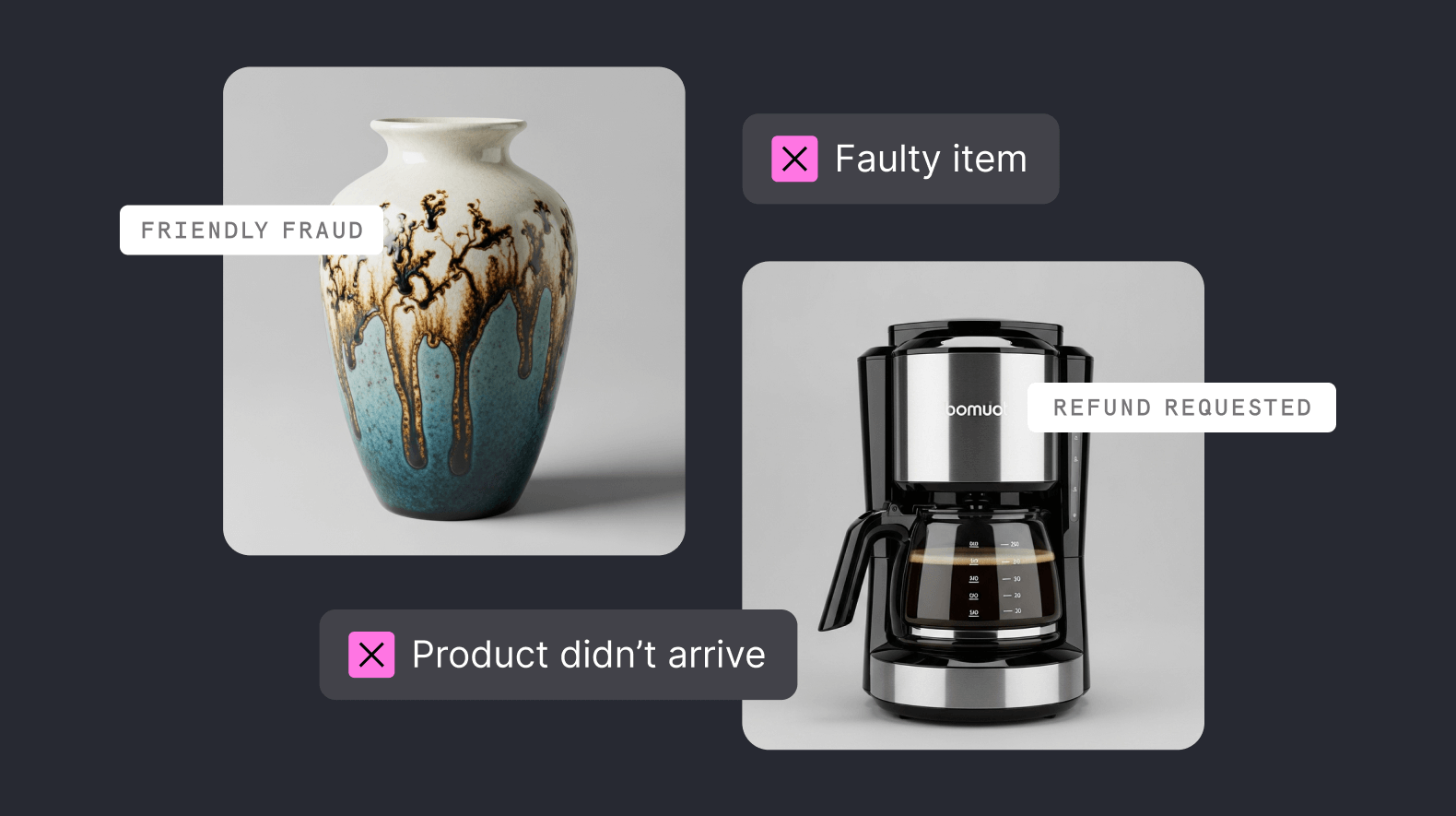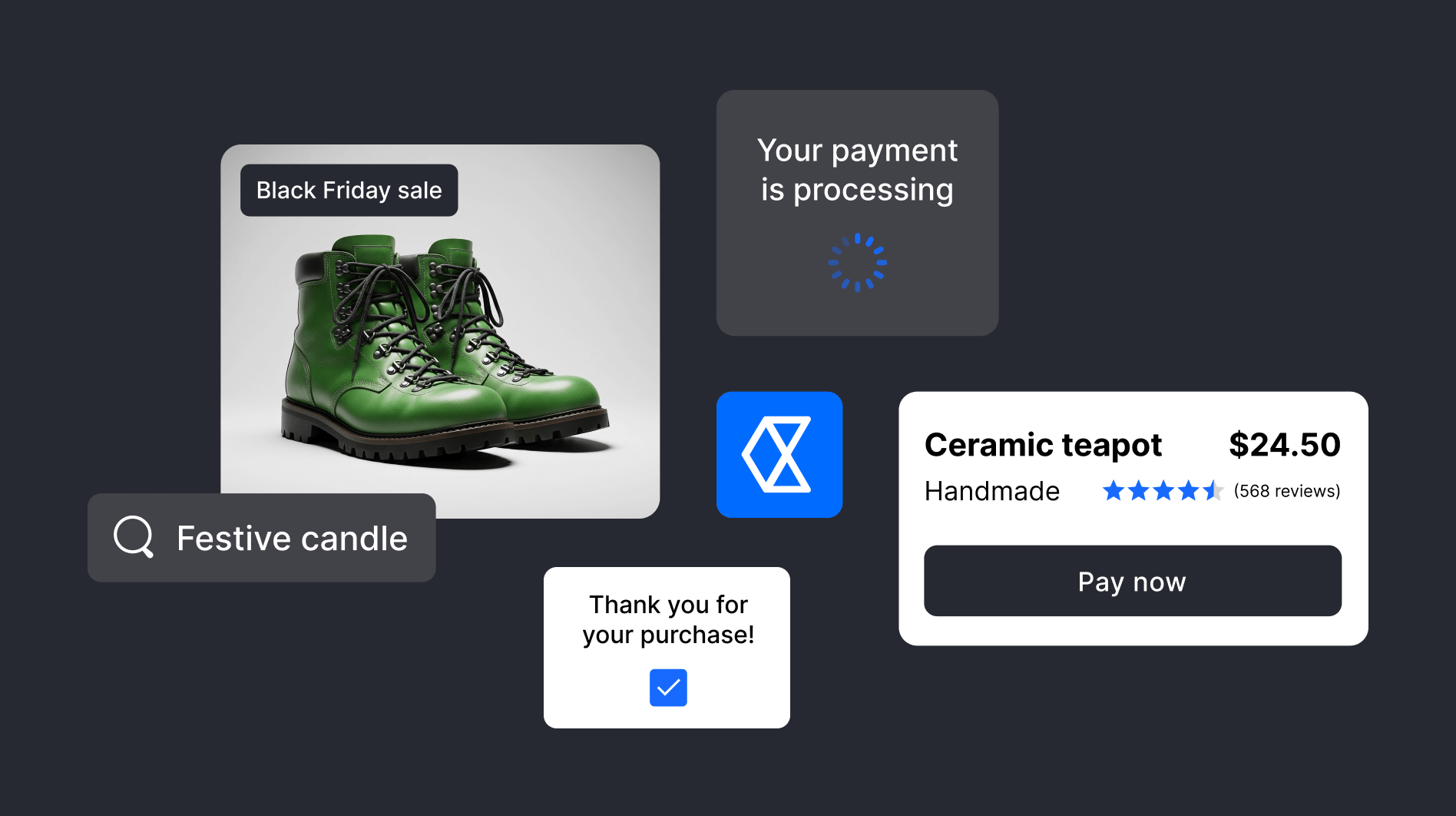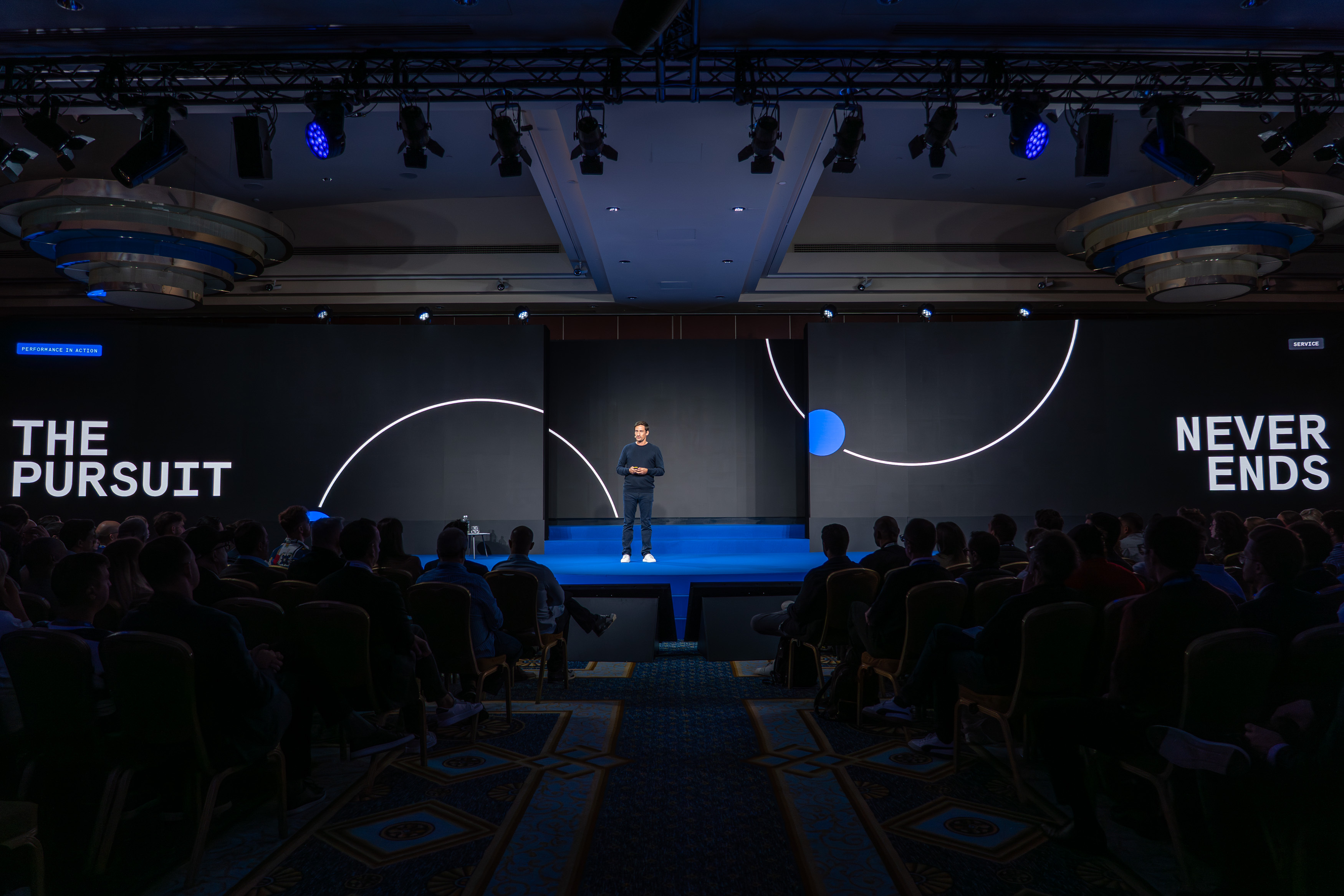White Friday is big business. As family and friends prepare for end-of-year gatherings, the four-day sales period is a great opportunity to invest in gifts, homeware, electronics, and travel. But there are many reasons why a shopper may fail to complete a purchase; unfavorable delivery options, a lack of payment options, and unexpected customs charges are the most common.
We know that 72% of consumers in the UAE browse products online at least two or three times a week, but only one in three buy as often. That’s a big gap. The cart abandonment rate in the Middle East and Africa hovers around 91% – around eight percentage points higher than the global average.
Based on key findings from the 2025 consumer survey across the MENA region, I'll take you through my four top tips on raising conversion rates at the digital checkout. First up, here are the basic facts of this year’s White Friday.
When is White Friday, and how big an opportunity is it?
In 2025, White Friday runs from November 28th until December 1st, running in parallel with Black Friday – the day after Thanksgiving in the US – overlapping with discount events in South America, Europe, and parts of Asia-Pacific, too.
It’s a huge opportunity for revenue capture, particularly in the ecommerce, retail, and travel sectors. In the MENA region, consumer spending per capita online has increased by 32.5% between 2020 and 2025. It’s clear you need high conversion rates during this all-important week: shoppers are ready to buy, and they have plenty of vendors to choose from.
Tip #1: Create a great customer experience at checkout
- “I often abandoned purchases when asked for a one-time password” – 17%
- “A slow and complex payment process is most likely to erode by trust and loyalty when I pay for products and services online” – 21%
Customer experience (CX) is critical during the White Friday period – and many factors feed into this, including your payments. Systems must run smoothly, and the online checkout must flow like clockwork.
Making a purchase should feel smooth and simple. Unexpected interruptions and confusing requests for information can damage your conversion rate. For instance, our consumer research in 2025 found one in five (17%) of consumers in the UAE, Egypt, and Saudi Arabia are regularly abandoning purchases where they’re asked for a one-time password.
Key takeaway: Carefully consider what data you’re asking your customer to manually input, and why. If you can automate data collection through background integrations – rather than requiring your customers to type it all out themselves – this can help your conversion rates.
Tip #2: Make sure your store is mobile-ready
- “Not being able to use my preferred payment method is most likely to erode my trust and loyalty when I pay for products and services online” – 24%
As well as getting your products, marketing, and payments in order, you should consider how your store works on devices your customers are using. Nowadays, smartphone is the preferred device for more than half of online shoppers in the MENA region. That means enabling mobile-ready payments.
Why? Research shows mobile has increasingly taken over from desktop as the most used device for online shopping, going from 46.6% in 2020 to 56% in 2025, and projected to hit 60.9% by 2030. So if your online payments don’t work well on mobile, then customers can easily feel frustrated and move on to your competitor.
Certain fintech solutions can improve conversion at the checkout page, by making it easier for customers to use their preferred payment method. For example, Flow will detect if your customer is using, say, an iPhone, and will automatically show Apple Pay as a payment method. It also shows example lines of text and numbers in each form field for the payment details, so your customers know what information is needed to submit the payment. This helps to increase the chances of successful payment data collection – meaning more sales, and more revenue.

Key takeaway: Make sure you test your payment flows on mobile, desktop, and tablet to find out how well they’re working ahead of White Friday sales. Get your payment systems flowing smoothly in time for peak sales season, and you’ll convert customers better than before.
Tip #3: Assure your customer their data is safe
- “I’ve abandoned checkouts due to security concerns” – 22%
- “On balance, as technology evolves, it is becoming easier to trust that online transactions are safe and reliable” – 51% agree
Fraud is a huge challenge of modern life, with 77% of enterprise merchants seeing a year-over-year rise in fraud in 2025. For the consumer, sharing payment details online is a huge act of faith. Now, with rising awareness of online fraud, consumers are prepared to abandon a purchase if the checkout process seems insecure. One in five adults in the UAE, Saudi Arabia and Egypt have abandoned online checkouts due to security concerns, according to our research.
The security of your checkout page can make the difference between a conversion and a lost sale. Not only does your app or website need to protect consumer data and sensitive payment details, but it also needs to feel secure for the consumer. How can you ensure this?
In a 2025 survey of consumers in MENA, we found more than half (61%) agreed with the statement: “The safety of my online payments depends on which payment method I use (eg. card, digital wallet, bank transfer, etc)”. Just 8% disagreed. This indicates consumers are placing a significant amount of trust in the way you allow them to pay you online. That means you must research the most trusted payment methods for each region you are selling in, and make sure customers can select their preferred way to pay.
As well as cart conversion, we know that data security also impacts customer trust and loyalty, which affects future purchases and how likely someone is to recommend your brand to others.
Consider the following statistics from our MENA consumer research this year:
- “No verification process during payment is most likely to erode my trust and loyalty when I pay for products and services online” – 27%
- “Uncertainty about the safety of the payment process is most likely to erode my trust and loyalty when I pay for products and services online” – 29%
It’s clear the impression you make on consumers during White Friday can have long-term impacts on brand success.
Key takeaway: Make investments in your online checkout security, ensure you’re PCI compliant, and show customers they can trust you with their payment details.
Tip #4: Show your customer you’re there to support them
“Which of the following is most likely to erode your trust and loyalty when you pay for products/services online?”
- No easy returns process: 33%
- No AI support/chatbot: 10%
According to multiple studies, customers frequently abandon online shopping carts due to a lack of returns options. Our consumer survey in MENA this year also found a third of customers feel less trust and loyalty for brands that don’t have an easy returns process.
This proves that the way you showcase your after-sales support indeed affects conversion rates at checkout. Customers aren’t only thinking about data security and payment options – they also want to know they’re taken care of if something goes wrong with the purchase.
Key takeaway: Make your returns policy and customer support options are visible to customers during the buying journey.
Convert customers with confidence at Checkout.com
Our roots in the Middle East are deep. Checkout.com was the first global payments provider to be granted a Retail Payment Services license by the Central Bank of the UAE, and we continue to support the cashless economy to this day.
If you’re interested to learn more about our payments expertise in the Middle East, my colleague Emily Renny, Director of Product Management, went into even more detail in her write-up of a panel discussion on mastering payments in Saudi Arabia’s digital economy during our payments conference in the Middle East.
For more ways to convert your customers, contact your account manager. You can also look into Flow Remember Me, which has resulted in a 70% reduction in checkout time and 7% uplift in acceptance rates for our merchants.






.png)
_conversion%20tactics.png)




%20(1).png)



